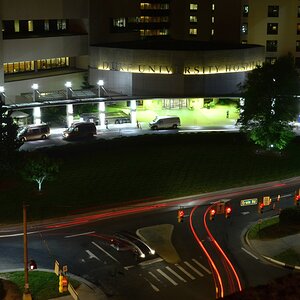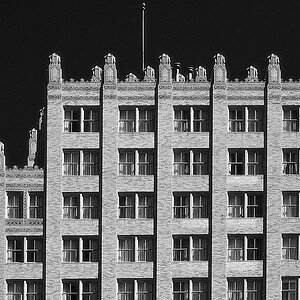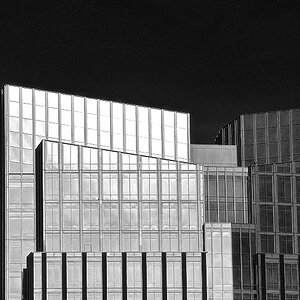SCraig
Been spending a lot of time on here!
- Joined
- Nov 12, 2011
- Messages
- 6,474
- Reaction score
- 2,450
- Location
- Nashville, TN
- Website
- sc-photo-tn.com
- Can others edit my Photos
- Photos NOT OK to edit
I'm thinking about getting another monitor to go along with the one I already have (yes my video card supports 3 monitors). I was looking around on the internet for comparison information between LCD and LED monitors when I ran across this titbit:
While the technology of the displays of LCDs and LEDs is basically the same, the LCD monitor uses cold cathode fluorescent lamps as back-lights as compared to the LED monitors that emit diodes.
I think I've decided not to go with an LED monitor. I don't want to get smacked in the eye by an errant LED that was emitted I also decided I wasn't going to bother reading the rest of their review.
I also decided I wasn't going to bother reading the rest of their review.
Seriously I am looking for another monitor but I don't have any experience with LED monitors. I do know the physical difference between LCD and LED (I have a background in electronics) but I don't know how well they work functionally for image processing use. Naturally my primary purpose is going to be image editing so if I'm going to have problems calibrating an LED monitor or if they just plain don't work well for that purpose I'd certainly love to know.
I'm sure most of you have used LCD monitors but if any one has also used an LED monitor I'd really appreciate some input on how well they perform.
While the technology of the displays of LCDs and LEDs is basically the same, the LCD monitor uses cold cathode fluorescent lamps as back-lights as compared to the LED monitors that emit diodes.
I think I've decided not to go with an LED monitor. I don't want to get smacked in the eye by an errant LED that was emitted
 I also decided I wasn't going to bother reading the rest of their review.
I also decided I wasn't going to bother reading the rest of their review.Seriously I am looking for another monitor but I don't have any experience with LED monitors. I do know the physical difference between LCD and LED (I have a background in electronics) but I don't know how well they work functionally for image processing use. Naturally my primary purpose is going to be image editing so if I'm going to have problems calibrating an LED monitor or if they just plain don't work well for that purpose I'd certainly love to know.
I'm sure most of you have used LCD monitors but if any one has also used an LED monitor I'd really appreciate some input on how well they perform.













